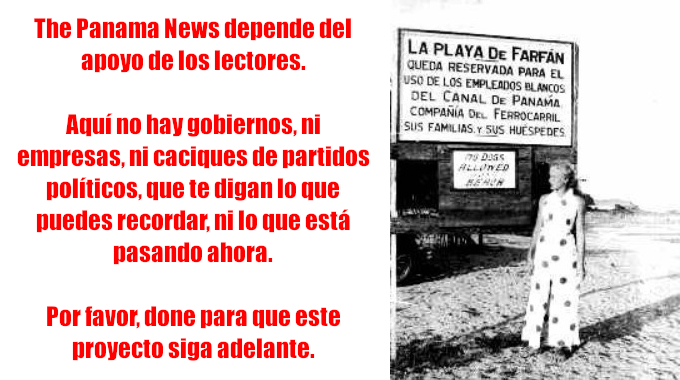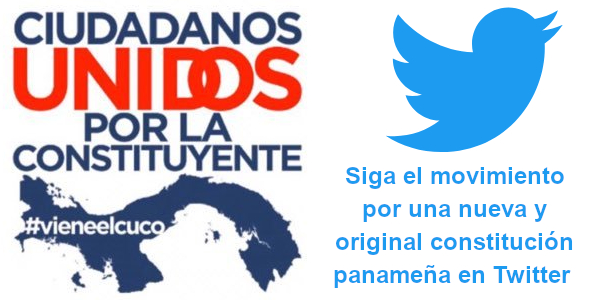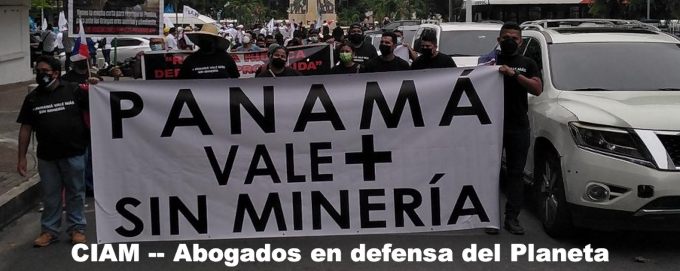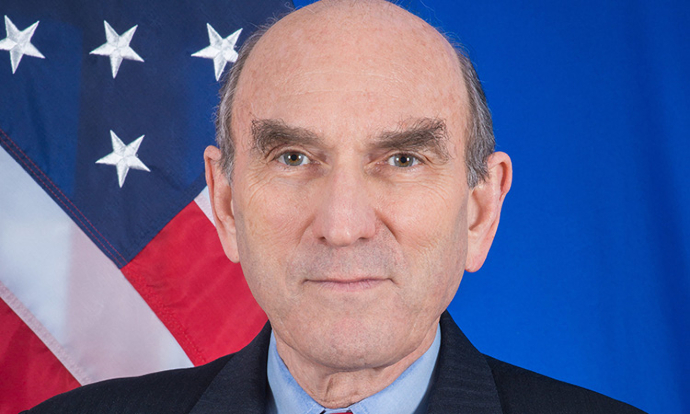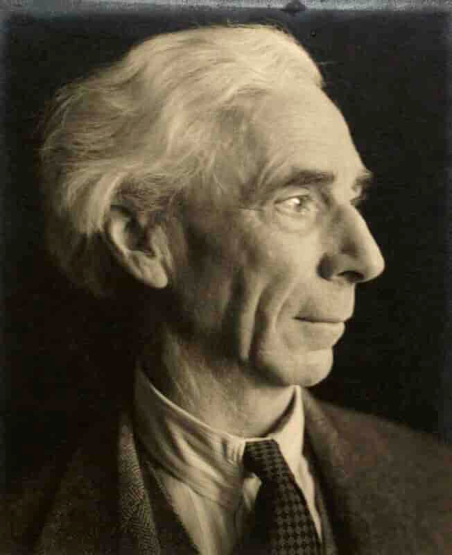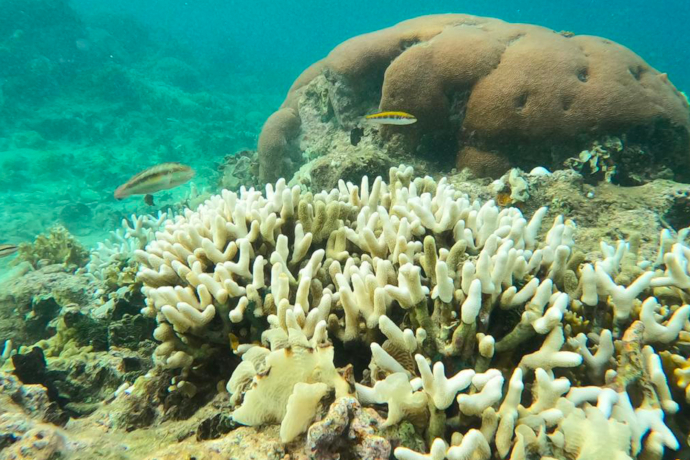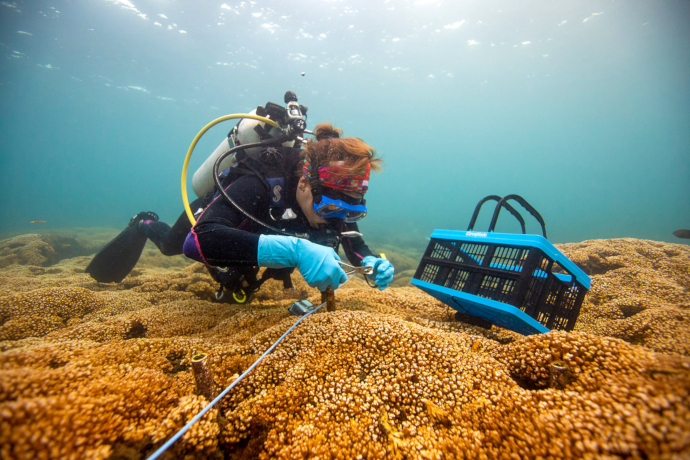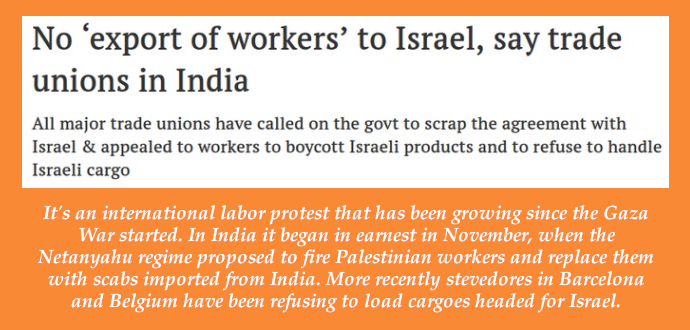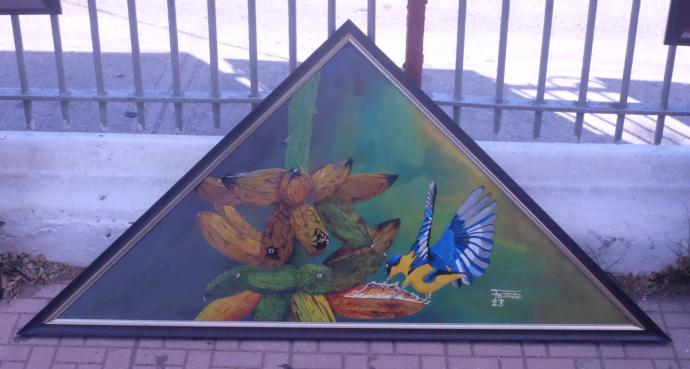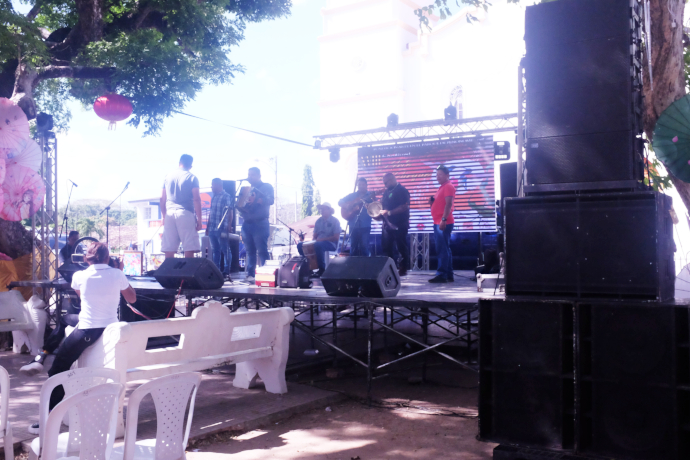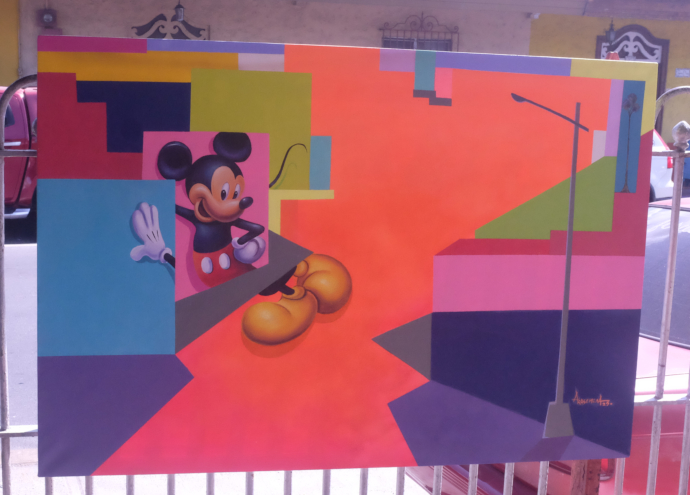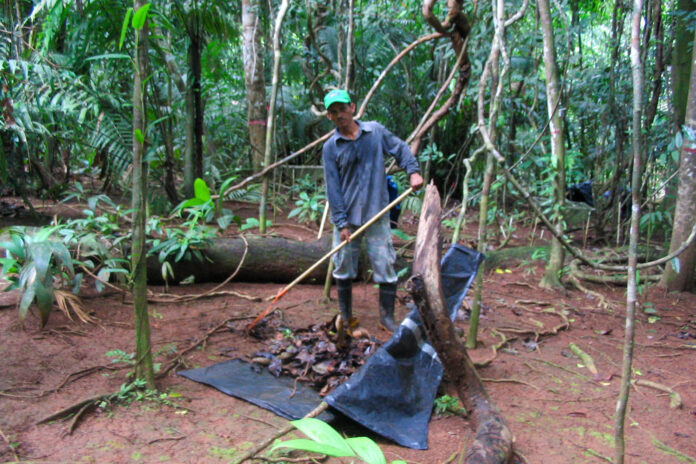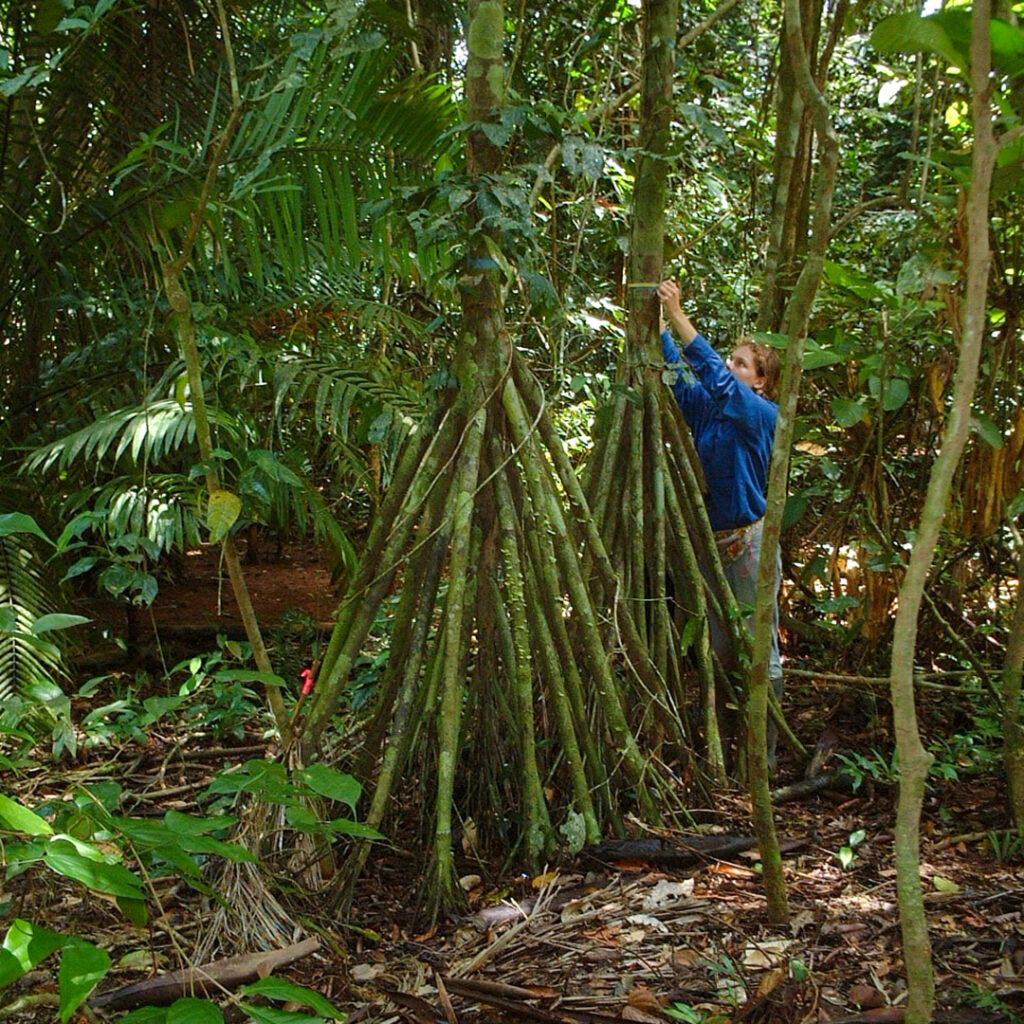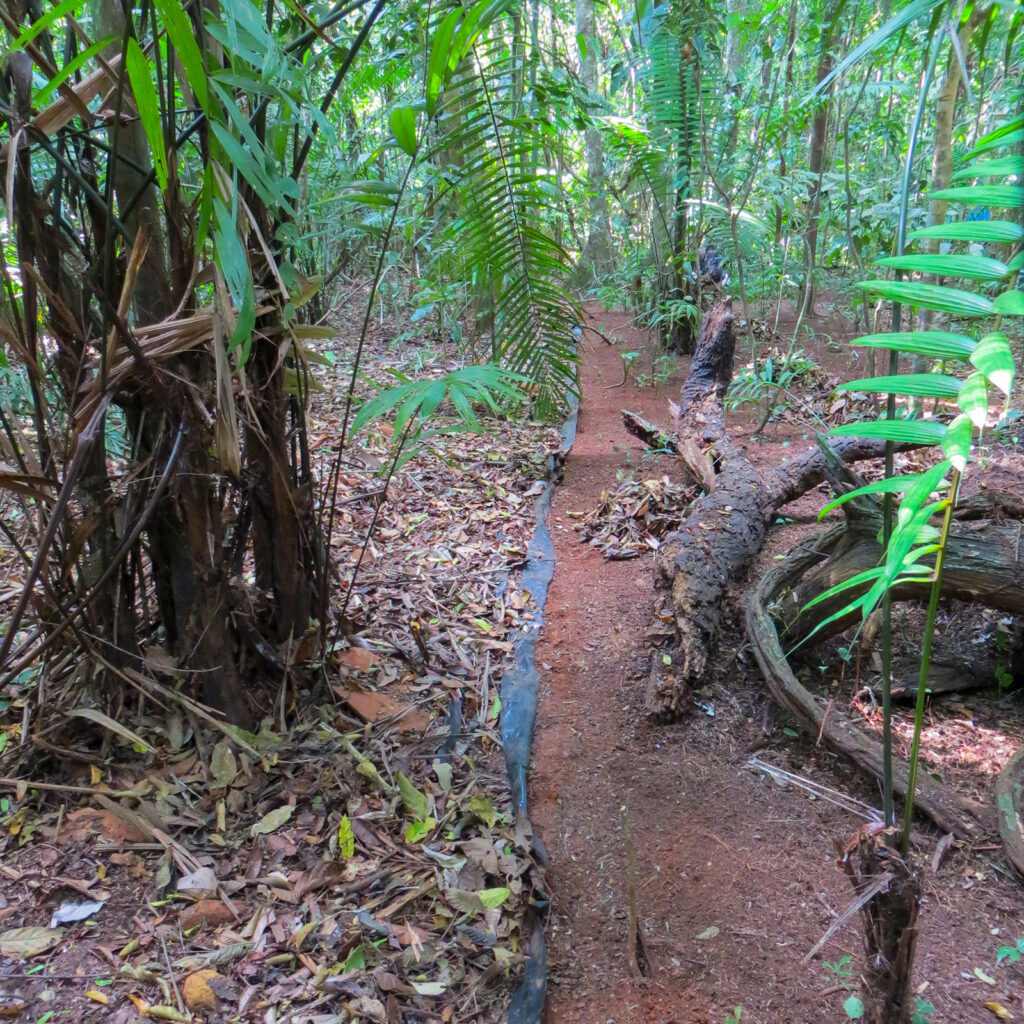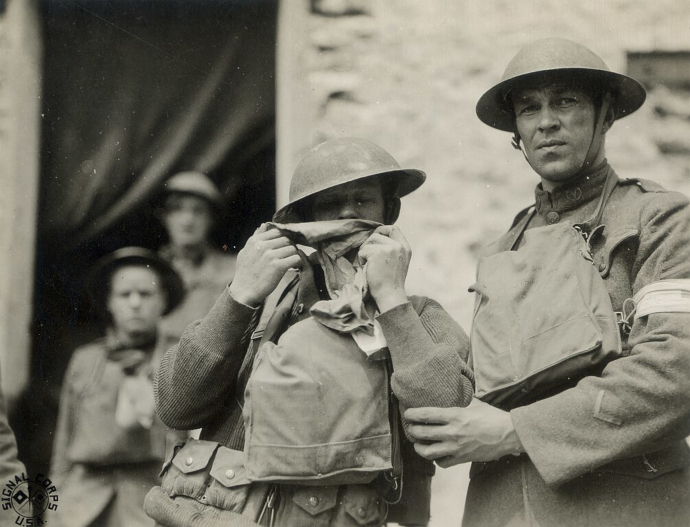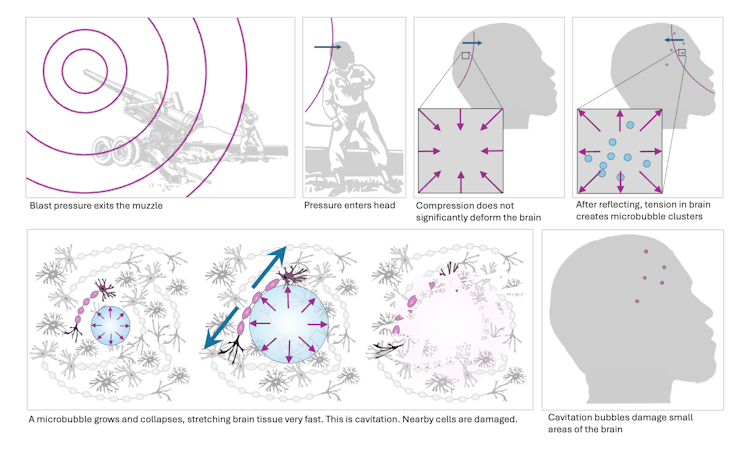March in semi-rural Anton — things have not been fruiting and flowering as usual in this El Niño year, but life goes on. Photo by Eric Jackson.
Marzo en una zona semirrural de Anton: las cosas no han dado frutos ni han florecido como de costumbre en este año de El Niño, pero la vida continúa. Foto por Eric Jackson.
¡Puedo volver a subir fotos en este sitio web!
I can upload photos on this website again!
by / por Eric Jackson
What a cascading mess! Microsoft, GIMP, Facebook and WordPress have all published close-in-time updates, several of these have bugs and these programs that I use tend to interact. Some have come up with different jargon to make it seem that users like me are the stupid ones — NOW the unit of measure is the somewhat different “kibibyte” instead of the old kilobyte, and to make the updates usable I need to reset programs that I have been using, figuring out what the new jargon means along the way so that I don’t get these ‘we can’t upload this image because it’s too big’ messages when working in the sizes I have used for years. Is it a sneaky way to keep a senior citizen alert, avoiding senility by forcing new learning curves? Anyway, it seems that the problem is mostly fixed.
~~
¡Qué desastre en cascada! Microsoft, GIMP, Facebook y WordPress han publicado actualizaciones cercanas, varias de ellas tienen errores y los programas que uso tienden a interactuar. Algunos han ideado una jerga diferente para que parezca que los usuarios como yo somos los estúpidos. AHORA la unidad de medida es el “kibibyte” algo diferente en lugar del antiguo kilobyte, y para que las actualizaciones sean utilizables necesito restablecer los programas que he estado usando, descubriendo qué significa la nueva jerga a lo largo del camino para no recibir estos mensajes de “no podemos cargar esta imagen porque es demasiado grande” cuando trabajo en los tamaños que he usado durante años. ¿Es una forma astuta de mantener alerta a una persona mayor, evitando la senilidad forzándola a nuevas curvas de aprendizaje? De todos modos, parece que el problema está prácticamente solucionado.
The techno-goons have invaded someone else’s turf: the PUPPIES have dibs on creating distractions around here! Photo by Eric Jackson.
Los tecno-maleantes han invadido el territorio de otras personas: ¡los CACHORROS tienen derecho a crear distracciones por aquí! Foto por Eric Jackson.
Para defendernos de los piratas informáticos, los trolls organizados y otros actos de vandalismo en línea, la función de comentarios de nuestro sitio web está desactivada. En cambio, ven a nuestra página de Facebook para unirte a la discusión.
~ ~ ~
These announcements are interactive. Click on them for more information.
Estos anuncios son interactivos. Toque en ellos para seguir a las páginas de web.
About the Republican response: The United States is a conflicted nation, but that was not the big problem last night. The official GOP response, by a senator from Alabama, misrepresented conditions on the US border with Mexico and employed the technique of pointing out a particularly vicious crime committed by a man who illegally crossed the border to suggest that most, or many, undocumented immigrants are like that. The Panama News doesn’t publish inflammatory hate screeds, nor dishonest claims, in the name of “balance.” The heckling? To be honest, the speaker and other Republican leaders advised their party members against it. Both major parties are divided about this or that. But the House Republicans are in terrible, dysfuntional disarray. Contact us by email at thepanamanews@gmail.com To fend off hackers, organized trolls and other online vandalism, our website comments feature is switched off. Instead, come to our Facebook page to join in the discussion. These links are interactive — click on the boxes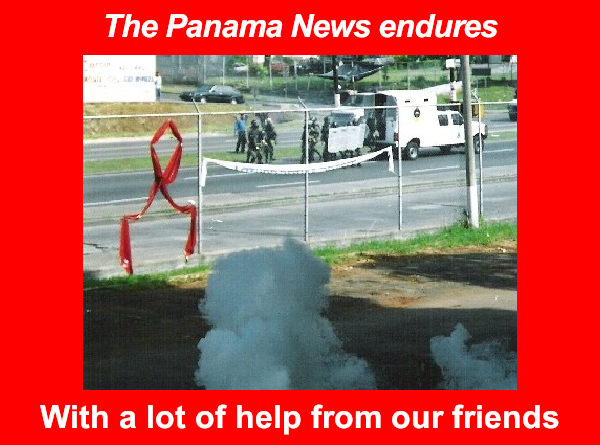
Biden’s State of the Union address 2024
Video from the House of Representatives floor feed, Spanish subtitles by the White House. The speech begins about 40 minutes into the video.
Video de la transmisión de la Cámara de Representantes, subtítulos en español de la Casa Blanca. El discurso comienza aproximadamente a 40 minutos del vídeo.State of The Union 2024



